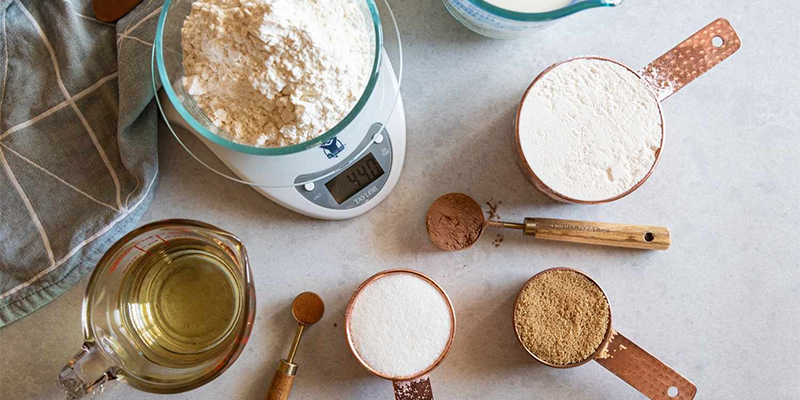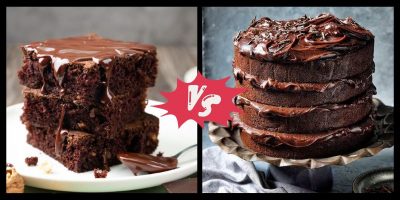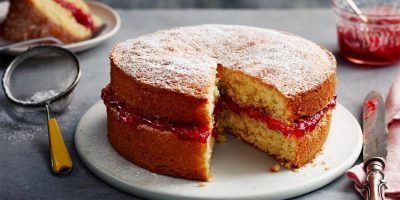Baking is an art, but the process contains almost all the science in the world! When it comes to baking, it’s essential to get your measurements spot on. Whether it’s dry baking ingredients or wet, you require precise measurements.
Let’s dive deep and learn about how to measure the ingredients required for baking.
Confectioners’ Sugar (Icing Sugar)
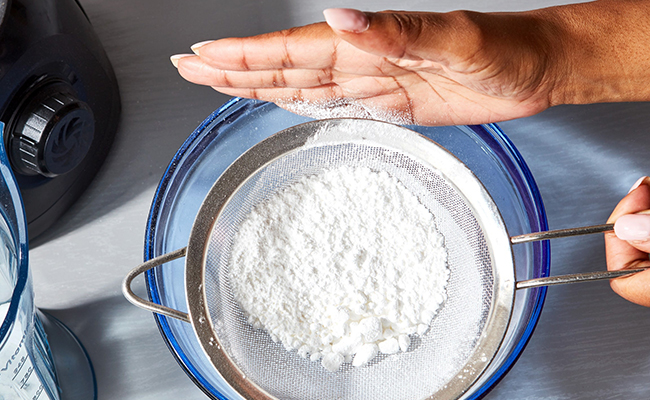

Measure confectioners’ sugar using the spoon and level technique. If the recipe calls for it, filter or sift the sugar. If your confectioners’ sugar is extra clumpy, it’s best to sift it anyway.
One cup of sifted confectioners’ sugar implies that the sugar is filtered after measuring, and one cup of sifted confectioners’ sugar means that the sugar is sifted before measuring.
Flour
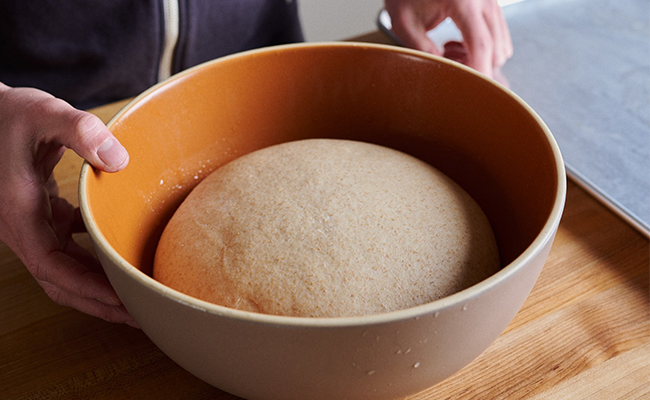

Flour is the most standard component that is mismeasured. Whether you’re using bread flour, all-purpose flour, or any other flour on the market, use the ‘spoon and level’ strategy. Do not shovel the flour out of the container or bag with your measuring cup because you might end up with 50% more than what you require. Use a spoon to shovel the flour into the cup.
Do not fill the flour down or tap the measuring cup.
Baking Powder And Baking Soda
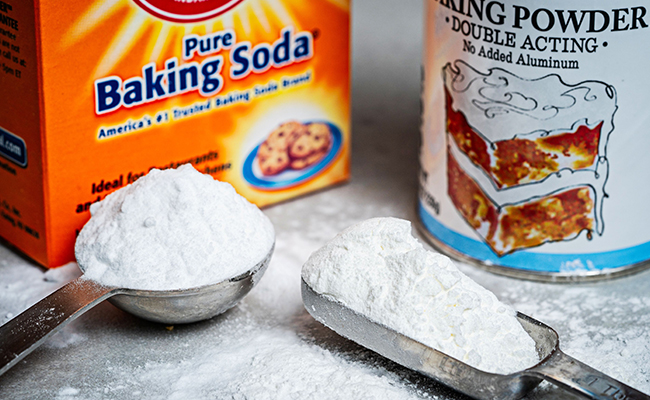

Always recognize the difference between baking powder and baking soda. They both tend to lapse after six months but might also start losing their spark after three months. To prevent this from happening, you can also try writing the expiration dates on the containers.
Shake it up or give it a stir as baking powder and baking soda can settle down in their containers over time. Lightly scoop it out of the container using a measuring tool. Use a knife or a leveller to level it off.
Dry Yeast
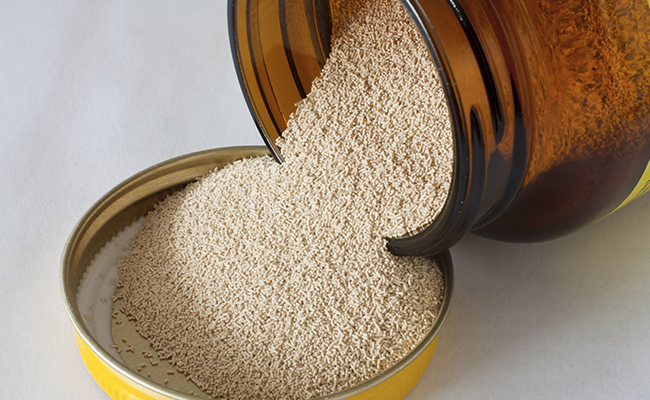

A standard sachet of yeast holds up to 2 and 1/4 teaspoons, which is 1/4 ounce or about 7 grams. If your recipe requires more or less than one packet or sachet of yeast, measure it like you measure baking powder or baking soda.
White Sugar
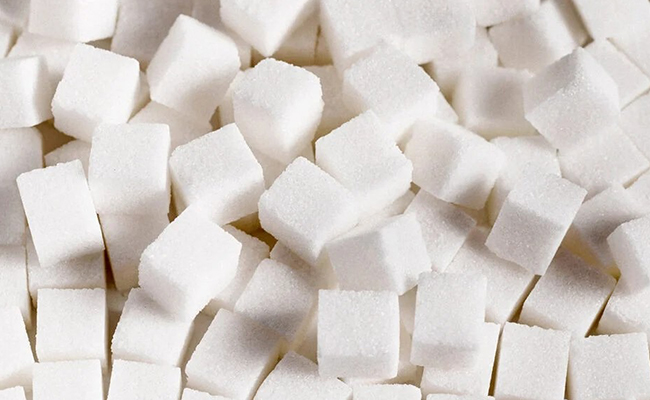

Sugar, unlike flour, is gauged by spooning the cup or spoon into the container or bag until it is surging, then leveling it off with the back of a knife or a leveler. Sugar, being heavier than flour, is less likely to be packed down into the cup.
Measuring the baking ingredients precisely as the recipe demands is always best because granulated sugar is compulsory to split or break down other ingredients. Sugar also helps in browning, consistency, design, and stabilization of any confectionary.
Cocoa Powder
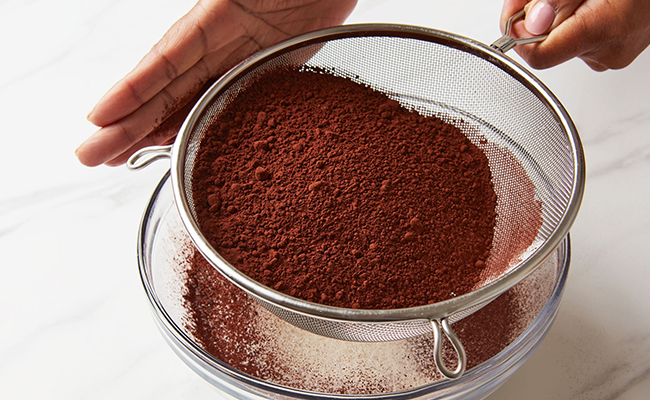

Measure cocoa powder using the same spoon and level method as flour and confectioners’ sugar, regardless of whether you’re using Natural or Dutch cocoa. Like confectioners’ sugar, cocoa powder can also clump up due to moisture or other factors. If a recipe calls for filtering it, make sure you take your sweet time to do so.
Capping Words
Learning about all this sifting, measuring, filtering, and structuring can have a deep impact on your sweet cravings. It could make your eyes roll all the way back into your brain in search of a quick fix. Well, fret not! With Bakingo Cakes, you do not have to worry at all about the ingredients of your favourite cakes being mismeasured.
So order yourself a delicious cake, satisfy your cravings, and get back to honing your baking skills!

